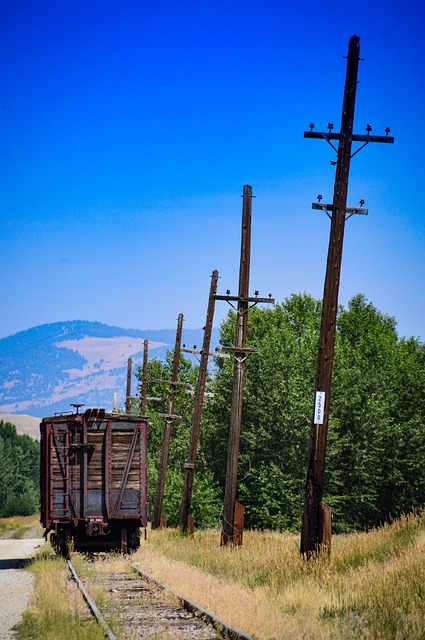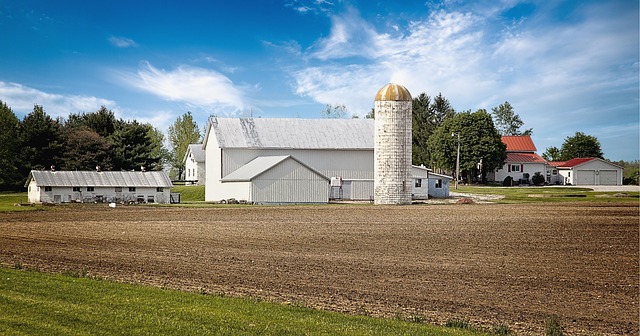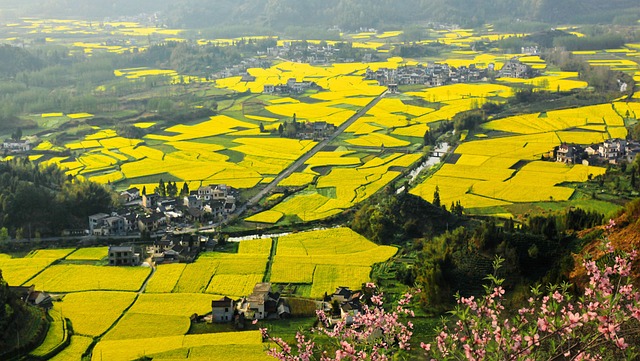The southeastern US farmland and ranching territory is a prime real estate destination due to its expansive landscapes, rich biodiversity, and fertile, diverse ecosystems. Holding cultural value with centuries-old farming traditions, these areas are highly desirable for investors seeking connections to America's agricultural past. Favorable climate, rising farmland values, growing agricultural sector (vertical farming, organic produce), and government initiatives make this region an attractive opportunity for real estate investment in crop cultivation, livestock grazing, or sustainable practices.
The Southeastern United States boasts a vast expanse of farmland and ranching territory, renowned for its abundant land and diverse ecosystems. This region holds historical and cultural significance, with rich traditions dating back centuries. The article explores investment opportunities in southeastern farmland real estate, highlighting the area’s potential for agricultural innovation, eco-tourism, and sustainable development while offering a comprehensive overview of current market trends and future prospects.
Abundant Land and Diverse Ecosystems
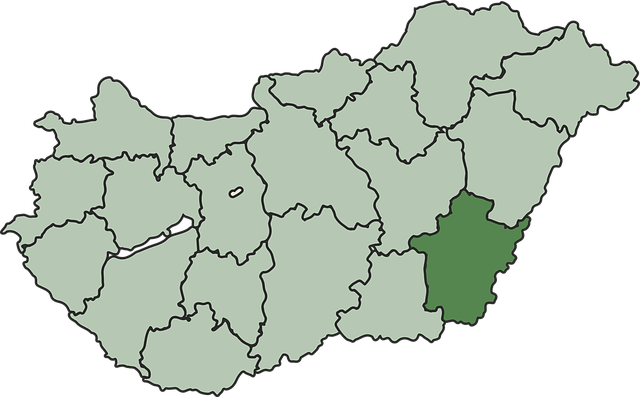
Southeastern farmland and ranching territory offer a captivating blend of expansive landscapes and rich biodiversity, making it a sought-after destination for real estate enthusiasts. This region boasts an abundance of land suitable for various agricultural pursuits, from cultivating vibrant crops to raising livestock. The diverse ecosystems found here support a multitude of plant and animal species, contributing to a thriving natural environment.
The area’s geography is characterized by rolling hills, vast plains, and lush forests, each providing unique opportunities for development. Whether it’s establishing a sustainable farm, creating a ranching operation, or investing in agricultural real estate, the southeastern region caters to diverse interests. With its fertile soil and favorable climate, it has long been recognized as a productive agricultural hub, attracting investors and entrepreneurs seeking to capitalize on this vibrant land.
Historical and Cultural Significance
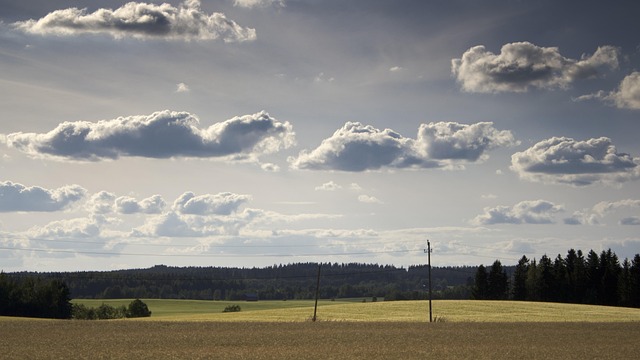
The Southeastern United States has a rich agricultural history, and its farmland and ranching territories hold significant cultural value. This region has been shaped by generations of farmers and ranchers who have contributed to the development of a unique landscape and way of life. The diverse ecosystems, from rolling hills to lush forests, have supported sustainable farming practices for centuries, fostering a deep-rooted connection between communities and the land.
In terms of real estate, these historical farmland areas often come with a sense of tradition and heritage. Many properties boast stories dating back decades or even centuries, offering investors and buyers a chance to own a piece of America’s agricultural past. The cultural significance extends beyond the land; it’s reflected in the local communities, traditions, and even cuisine, making these regions desirable for those seeking not just property but also a connection to a storied heritage.
Investment Opportunities and Future Prospects in Southeastern Farmland Real Estate

The southeastern region of the United States presents a promising landscape for real estate investors seeking agricultural opportunities. With its fertile soils, mild climate, and vast expanses of land, this area has long been a hub for farming and ranching traditions. As urban development continues to expand, farmland is becoming increasingly valuable, offering attractive investment prospects. Investors can capitalize on the growing demand for sustainable food production and agritourism by acquiring land for crop cultivation, livestock grazing, or diversifying into eco-friendly practices that cater to the rising health-conscious consumer market.
Looking ahead, the future of southeastern farmland real estate looks bright. The region’s agricultural sector is expected to keep pace with global trends, focusing on vertical farming, organic produce, and value-added agriculture. These innovations not only enhance productivity but also create new revenue streams for landowners. Additionally, government initiatives and incentives aimed at preserving open spaces and promoting rural development could further stimulate investment in this sector, ensuring a robust and sustainable future for both farmland owners and the region’s agricultural economy.


